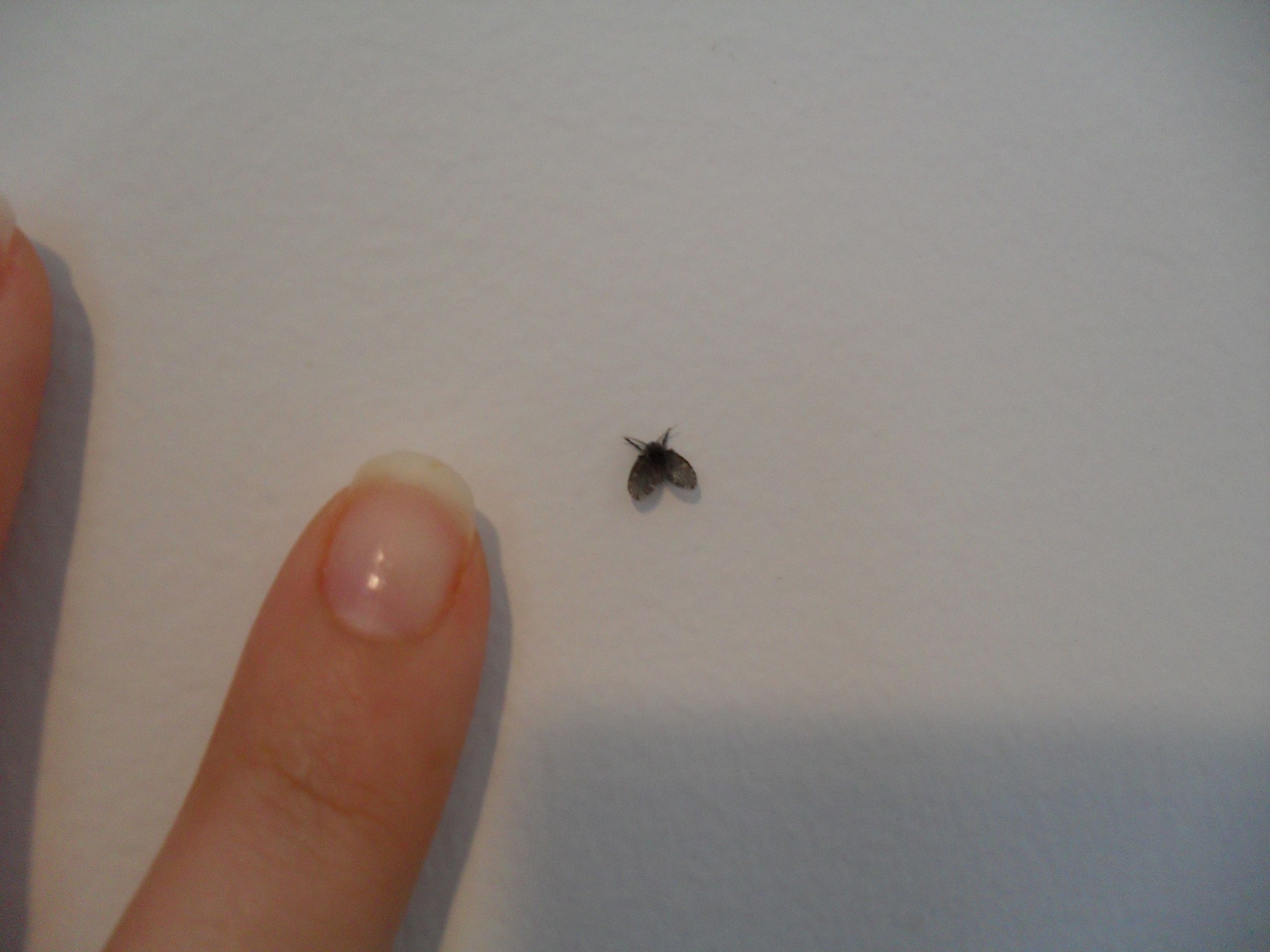Identifying Tiny Black Bugs

Tiny black bugs in the bathroom can be a source of concern, especially when they appear in large numbers. Identifying these bugs accurately is crucial to determine whether they pose a threat to your health or property. This guide will help you understand the common tiny black bugs found in bathrooms, their characteristics, and how to differentiate between harmless and potentially harmful species.
Common Tiny Black Bugs in Bathrooms
Identifying these tiny black bugs accurately is crucial to determine whether they pose a threat to your health or property.
- Booklice (Psocoptera): These tiny insects are often mistaken for dust mites. They are typically 1-2 mm long, with a flattened, oval body and long antennae. Booklice are often found in damp environments, such as bathrooms, kitchens, and libraries. They feed on mold, mildew, and decaying organic matter, and are generally considered harmless to humans.
- Carpet Beetles (Anthrenus): These beetles are small, about 2-3 mm long, with a round, oval body and a distinctive pattern of scales on their wings. They are often found in carpets, rugs, and other fabrics, but can also be found in bathrooms. Carpet beetles are known to feed on natural fibers, such as wool, silk, and feathers, and can cause damage to clothing and other household items.
- Springtails (Collembola): These tiny insects are characterized by a forked appendage called a furcula, which they use to propel themselves into the air. They are typically 1-2 mm long and have a cylindrical body. Springtails are often found in damp environments, such as bathrooms, basements, and gardens. They feed on decaying organic matter and are generally considered harmless to humans.
- Fruit Flies (Drosophila): These small flies are about 2-3 mm long and have red eyes and wings. They are attracted to ripe fruit and other decaying organic matter. Fruit flies are often found in kitchens and bathrooms, especially during the summer months. While they are not known to transmit diseases, they can be a nuisance.
Common Causes of Tiny Black Bugs in Bathrooms: Tiny Tiny Black Bugs In Bathroom

Tiny black bugs in your bathroom are a common problem, often appearing in humid environments. These bugs are attracted to a combination of factors, including food sources, water availability, and specific household items. Understanding these factors can help you identify and address the root cause of the infestation.
Environmental Conditions
The bathroom’s environment is often conducive to attracting tiny black bugs. High humidity levels, often present due to steam from showers and baths, create a favorable environment for these insects. Additionally, poor ventilation can exacerbate this issue, trapping moisture and creating an ideal breeding ground.
Food Sources
Tiny black bugs can find a variety of food sources in bathrooms. Mold, mildew, and decaying organic matter in drains, under sinks, or around tubs can provide sustenance for these insects. Additionally, spills or crumbs left unattended can also attract them.
Water Availability
Access to water is crucial for the survival of these bugs. Leaky pipes, dripping faucets, or even condensation on bathroom surfaces can provide a water source. Even small amounts of water can attract and sustain these insects.
Household Items
Several common household items can inadvertently attract tiny black bugs to your bathroom.
- Toiletries: Soaps, shampoos, and other personal care products can contain ingredients that attract these bugs.
- Cleaning Products: Sprays, detergents, and other cleaning products can also attract tiny black bugs, particularly those containing fragrances or chemicals.
- Paper Products: Toilet paper, tissues, and paper towels can provide a source of food and shelter for these bugs.
- Food Products: Storing food products in the bathroom, even temporarily, can attract these bugs.
Preventing and Eliminating Tiny Black Bugs
Tiny black bugs in your bathroom can be a real nuisance, but with a little effort, you can prevent them from taking over your home. The key is to create an environment that is not conducive to their survival. By taking proactive measures and implementing a comprehensive plan, you can effectively eliminate existing infestations and prevent future ones.
Preventing Tiny Black Bugs
Preventing tiny black bugs from entering your bathroom is crucial. Here’s a step-by-step guide:
- Seal cracks and crevices: Tiny black bugs can squeeze through even the smallest openings. Inspect your bathroom thoroughly for any cracks or crevices in the walls, floors, or around pipes. Seal these openings with caulk or silicone sealant to prevent entry points.
- Maintain good hygiene: Tiny black bugs thrive in dirty environments. Regularly clean your bathroom, especially areas prone to moisture, such as the shower, bathtub, and sink. Wipe down surfaces with disinfectant, and ensure proper ventilation to reduce humidity levels.
- Store food properly: Tiny black bugs can be attracted to food crumbs and spills. Store food in airtight containers, and clean up spills immediately. Avoid leaving dirty dishes in the sink for extended periods.
- Keep drains clean: Tiny black bugs can breed in dirty drains. Regularly clean your bathroom drains with baking soda and vinegar, or use a drain cleaner specifically designed for removing clogs and preventing buildup.
- Control humidity: Tiny black bugs prefer humid environments. Use a dehumidifier to control humidity levels in your bathroom, especially during the summer months. Ensure proper ventilation by opening windows or using an exhaust fan.
Eliminating Existing Infestations
If you have an existing infestation of tiny black bugs, it’s important to act quickly to prevent them from spreading. Here’s a step-by-step guide:
- Identify the type of bug: The first step is to identify the type of bug you’re dealing with. This will help you determine the most effective treatment methods.
- Clean and disinfect: Thoroughly clean and disinfect your bathroom using a disinfectant spray or wipes. Pay particular attention to areas where the bugs are congregating, such as under the sink, behind the toilet, and around drains.
- Vacuum regularly: Vacuum your bathroom regularly, especially under furniture and along baseboards, to remove any dead bugs or eggs. Empty the vacuum cleaner bag immediately after each use to prevent the bugs from re-infesting your bathroom.
- Use traps: Sticky traps can be effective in catching tiny black bugs. Place traps in areas where you’ve seen the bugs, such as under the sink or behind the toilet.
- Consider professional pest control: If the infestation is severe or you’re unable to control it yourself, consider contacting a professional pest control company. They have the expertise and equipment to effectively eliminate the bugs and prevent future infestations.
Home Remedies, Tiny tiny black bugs in bathroom
There are several home remedies that can be effective in eliminating tiny black bugs:
- Diatomaceous earth: Diatomaceous earth is a natural powder made from fossilized diatoms. It’s a safe and effective insecticide that dehydrates and kills bugs. Sprinkle diatomaceous earth around areas where you’ve seen the bugs, such as under the sink or behind the toilet.
- Borax: Borax is a natural mineral that can be used as a pest control agent. Mix borax with water and spray it around areas where you’ve seen the bugs. Borax is toxic to insects, so be sure to keep it out of reach of children and pets.
- Essential oils: Certain essential oils, such as peppermint, tea tree, and lavender, can repel bugs. Dilute a few drops of essential oil in water and spray it around areas where you’ve seen the bugs.
- Vinegar: Vinegar is a natural disinfectant that can help kill bugs. Mix equal parts vinegar and water in a spray bottle and spray it around areas where you’ve seen the bugs. Vinegar can also be used to clean drains and prevent bug infestations.
